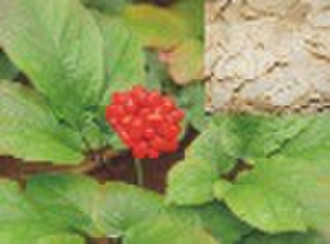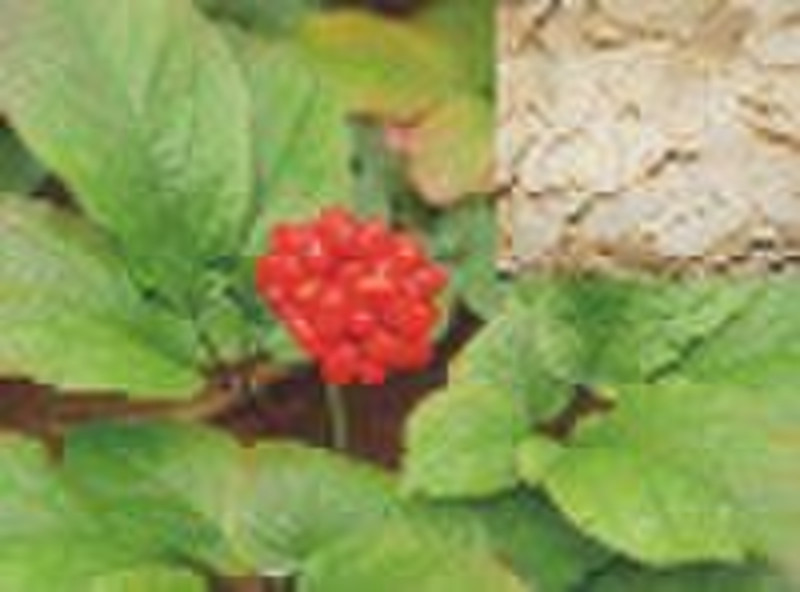Catalog
-
Catalog
- Agriculture
- Apparel
- Automobiles & Motorcycles
- Beauty & Personal Care
- Business Services
- Chemicals
- Construction & Real Estate
- Consumer Electronics
- Electrical Equipment & Supplies
- Electronic Components & Supplies
- Energy
- Environment
- Excess Inventory
- Fashion Accessories
- Food & Beverage
- Furniture
- Gifts & Crafts
- Hardware
- Health & Medical
- Home & Garden
- Home Appliances
- Lights & Lighting
- Luggage, Bags & Cases
- Machinery, Hardware & Tools
- Measurement & Analysis Instruments
- Mechanical Parts & Fabrication Services
- Minerals & Metallurgy
- Office & School Supplies
- Packaging & Printing
- Rubber & Plastics
- Security & Protection
- Service Equipment
- Shoes & Accessories
- Sports & Entertainment
- Telecommunications
- Textiles & Leather Products
- Timepieces, Jewelry, Eyewear
- Tools
- Toys & Hobbies
- Transportation
Filters
Search
Organic American Ginseng slice

Cathy Zhang
Contact person
Basic Information
The name "ginseng" is used to refer to both American (Panax quinquefolius) and Asian or Korean ginseng (Panax ginseng), which belong to the species Panax and have a somewhat similar chemical makeup. Siberian ginseng or Eleuthero (Eleutherococcus senticosus), on the other hand, is an entirely different plant with different effects. It is distantly related to ginseng, but it does not contain the same active ingredients. Both Asian and American ginseng contain ginsenosides, substances that are thought to give ginseng its medicinal properties. Like Asian ginseng, American ginseng is a light tan, gnarled root that often looks like a human body with stringy shoots for arms and legs. It was used traditionally by Native Americans as a stimulant and to treat headaches, fever, indigestion, and infertility. Ginseng is sometimes called an "adaptogen," an herb that helps the body deal with various kinds of stress, although there is no scientific evidence of adaptogens. But ginseng has been studied for several conditions, and it remains one of the most popular herbs in the United States. Most studies have used Panax ginseng (Asian ginseng). There is some evidence that Panax ginseng may help boost the immune system, reduce risk of cancer, and improve mental performance and well-being. Both American and Asian ginsengs contain ginsenosides, although the types and the ratio of these substances are different in the Asian and American herbs. Laboratory studies in animals have found that American ginseng was effective in boosting the immune system, and as an antioxidant. Research on American ginseng has focused on a number of conditions, some of which are described below.
Delivery terms and packaging
Packaging Detail: Cartons,bags Delivery Detail: 30-45 days
Port: Tian Jin/Shang Hai
Payment term
Letter of credit
Telegraphic transfer
-
Payment Methods
We accept:









